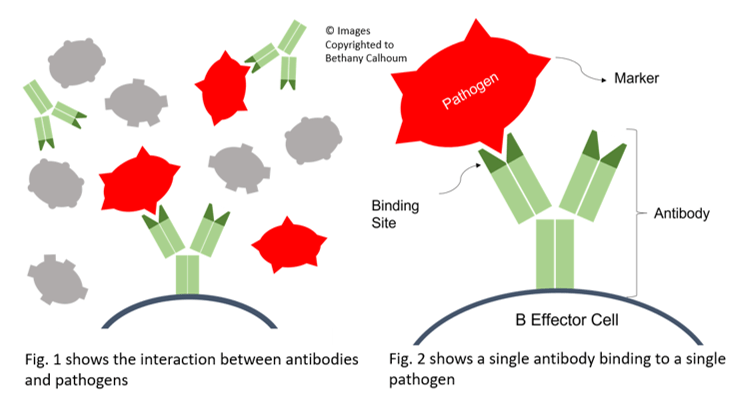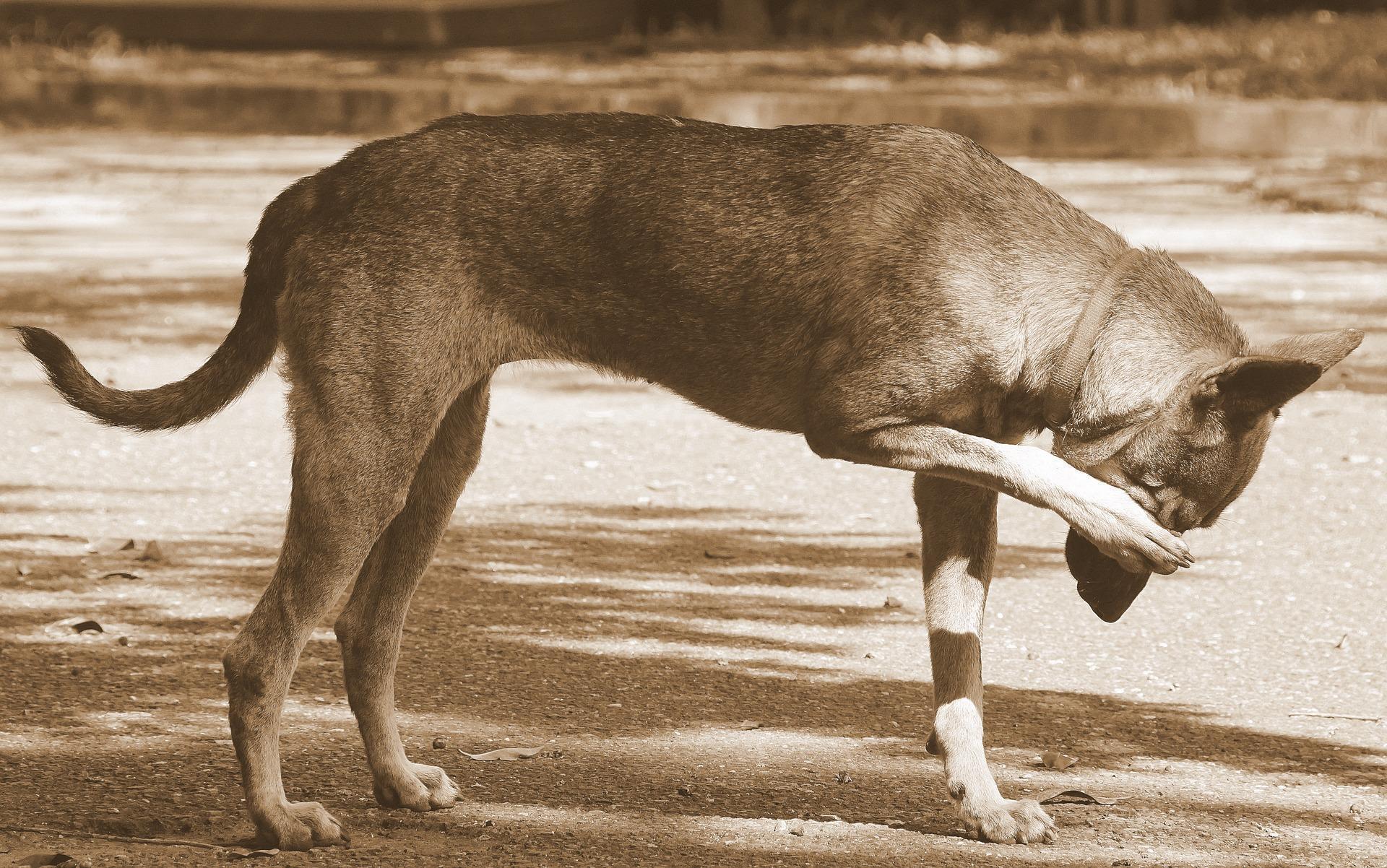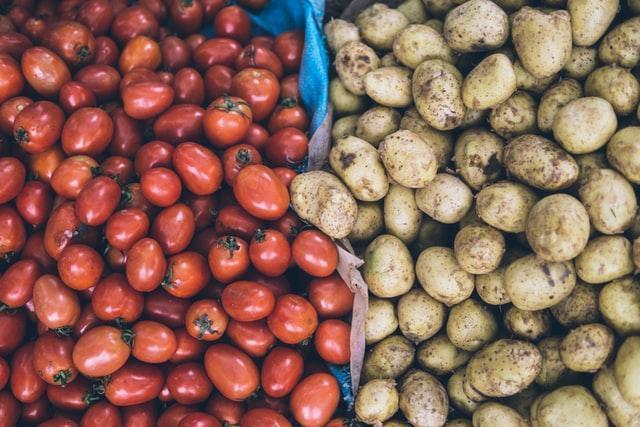Pancreatitis flare ups are often a concerning time for pet owners. With so many associated triggers, tailoring the individual dog’s routine to their needs is very important. One of the triggers we see a lot here at My Pet Nutritionist, is food sensitivities. Read on to learn more about how food sensitivities can be linked to pancreatic flares.
A bit about the pancreas
The pancreas is a very important organ in the body; it is part of the digestive, and endocrine systems. It’s role in the digestive system is to produce digestive enzymes to aid the breakdown of foods, with fat and protein being the main targets. Within the endocrine system, the pancreas produces insulin; a hormone which controls blood sugar levels.
The pancreas is located in the abdominal region, on the right hand side, near the stomach, and above the intestines. The pancreatic duct attaches the pancreas to the small intestine, and transports the digestive juices made by the pancreas, into the small intestine, to be able to begin breaking food down. Before reaching the intestine, however, another duct from the gallbladder joins the pancreatic duct, and transports bile to the intestine.
Findings Here
When the pancreas becomes inflamed it releases the digestive enzymes it produces too early, which can result in the body starting to digest the pancreas itself, as well as the abdominal cavity; this is a pancreatic flare.
Acute pancreatitis happens suddenly whether it is a mild flare, or a severe flare which hospitalises the pet.
Chronic pancreatitis on the other hand, tends to happen for longer periods of time, and intermittently – symptoms are generally milder, but more constant than acute pancreatitis cases. Dogs with enzyme deficiencies, nutritional imbalances or intolerances, or other endocrine conditions tend to get chronic pancreatitis as opposed to acute pancreatitis. Dogs suffering with chronic pancreatitis are often found to be deficient in Vitamins C and E, as well as selenium.
The main health condition associated with pancreatic flares, is Pancreatitis. Symptoms of a pancreatic flare are as follows:
- Vomiting
- Diarrhoea, sometimes bloody
- Fever/high temperature
- Increased heartrate
- Dehydration
- Digestive difficulties
- Abdominal pain (the ‘downward dog’ position, are hunched over back are classic signs of this)
- Low appetite
Pressures on the pancreas
For those suffering with pancreatic flares, or pancreatitis in general, it is extremely important to recognise, and understand the triggers of a flare. Let’s discuss the major trigger of a pancreatic flare.
Fats
More specifically, excess fats, and the wrong type of fats! Fat reduction in the diet is one of the most common things we hear pet owners panic about when their dog has pancreatitis, or a pancreatic flare. While excess fats can be very hard on the already inflamed pancreas, some fats such as fish oils and olive oils have been shown to block cellular mechanisms involved in the development of acute pancreatitis. Massively restricting fat may not be completely necessary long term for pancreatitis patients, but short term during a flare, may be worth reducing. We tend to advise 15% dry matter fat content in the diet of a pancreatitis patient, which is around 5% crude fat. In non-severe cases, the fat content can be gradually increased.
Feeding a high fat diet, where the dog is unable to fully digest the fat consumed, can put pressure on the pancreas due to high blood fat content. More digestive enzymes are required for digestion of excessive fats, which causes the pancreas to overwork in order to produce those enzymes. Overworking an organ causes inflammation, which leads to health problems associated with that organ; in this case, a pancreatic flare.
Carbs
A less well known approach among dog owners, carbohydrates should be kept to a minimum in all dogs, but especially in those with pancreatitis. There is a huge link between high-carbohydrate diets, and an increase in excess blood fat. This is why it is important to steer away from dry food/kibble based diets – these are high in carbs, and the high carb content leads to high blood fat content, which as just discussed causes the pancreas to overwork.
Findings Here
Findings Here
Findings Here
Findings Here
High carbohydrate dry food diets also lack suitable amounts of vitamin E, due to it being an unstable vitamin, and the long shelf life of dry foods causes the vitamin E content to diminish by around 30% just 6 months from manufacture. As previously mentioned, those with chronic pancreatitis tend to be deficient in vitamin E already, so feeding a high carb, processed diet low in suitable vitamin E may not be a great idea. Vitamin E plays an important role in the removal of excess fat from the body.
Less Vitamin E = More excess fat = Pressure on the Pancreas
Findings Here
Food Sensitivities
As the main topic of this blog; food sensitivities can put huge pressure on the pancreas, linking them with pancreatic flares. It is incredibly important to work on your dog’s food intolerances so many reasons, pancreatic pressure being one of them. More on this subject later.
Genetic Predisposition
As with many health complaints, genetic predispositions are very much a problem with pancreatic flares. Whereas all breeds can suffer with pancreatitis, some breeds are more prone than others, purely down to their breed, and genetics. These breeds include:
- Miniature Schnauzers
- Miniature Poodles (and crosses of!)
- Cocker Spaniels
- Cavalier King Charles Spaniels
- Boxers
- Collies
To find out more about pancreatitis, and how dietary changes, lifestyle changes, and correct supplementation can help, have a read of our
Natural Guide to Pancreatitis!
How do food sensitivities affect the pancreas?
So, how do food sensitivities affect the pancreas, resulting in pancreatic flares?
Food sensitivities are largely down to gut health, and immune modulation. If you are a regular reader of our blogs, you will notice us mention Leaky Gut a lot as well as inflammation. 70-80% of the immune system lays in the gut, so gut health is always paramount!
Leaky Gut
As per the condition’s name, leaky gut sufferers have poor gut integrity, whereby the gut ‘leaks’. A leaky gut has major effects on the capability of the digestive system – this is becoming more widely known among pet owners, however pancreatic health in those with leaky gut is often overlooked. Leaky gut can cause pancreatic inflammation, and enables a passageway for pathogenic bacteria to spread to the pancreas. The inflammation and pathogenic bacteria in the pancreas results in a pancreatic flare.
Food sensitivities, particularly intolerances, can be caused by leaky gut. In these cases, the body’s ability to digest ‘trigger foods’ is lowered by the incorrect amount of digestive juices being released, at the wrong time. If due to inflammation, the pancreas releases digestive juices prematurely, at the time of food ingestion, these juices won’t be readily available, which further increases the symptoms of a flare.
It’s much like a vicious circle; inflammation of the pancreas can be caused by leaky gut – leaky gut contributes to food sensitivities – food sensitivities can cause inflammation of the pancreas.
Findings Here
Findings Here
Findings Here
Inflammation
Food sensitivities often lead to pancreatic inflammation – inflammation of the pancreas leads to premature release of digestive juices which can begin to digest the pancreas itself, leading to a pancreatic flare.
Sensitivities to Additives in Foods
Closely linked to inflammation of the pancreas, sensitivities to chemical additives in commercially prepared dry foods can trigger a pancreatic flare. When foods are extruded at high temperatures, Advanced Glycation End-products (AGEs) are produced – these are known to induce injury to pancreatic cells through oxidative stress, which plays havoc with the pancreas. The added stress on the pancreatic cells leads to a flare. AGEs are also linked to the formation of pancreatic tumours, which can also cause pancreatic flares.
It is very important to steer clear of ultra processed foods, especially if your dog does suffer with pancreatic conditions. Fresh foods such as raw or cooked are best for these dogs.
Findings Here
Findings Here
If your pet is struggling with pancreatitis, and you would like guidance on feeding for the condition, and help getting on top of intolerances, please don’t hesitate to book a consultation with one of the team for tailored help.
Team MPN x







